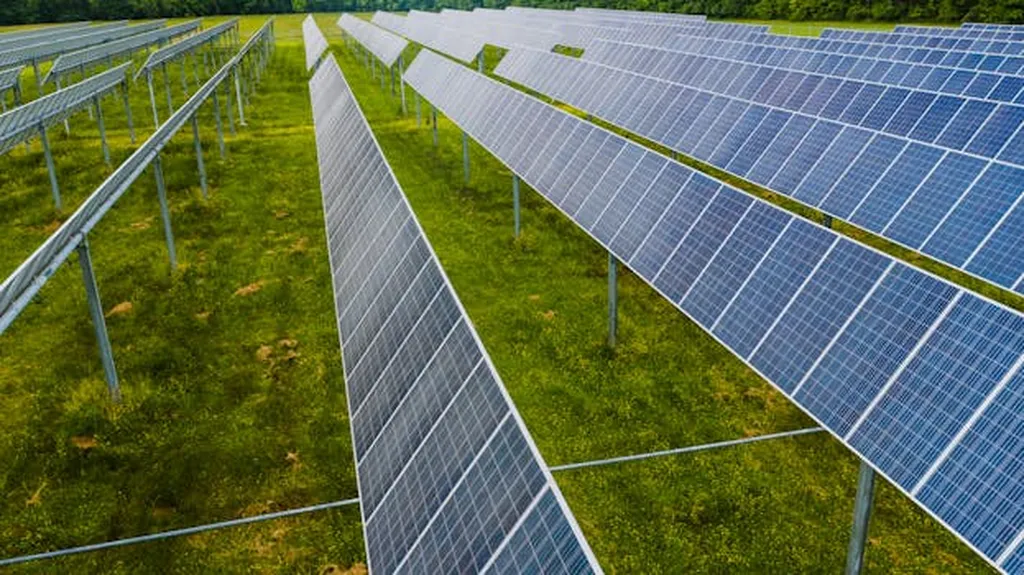In the quest to decarbonize the energy sector, a novel approach combining natural gas, power-to-gas (P2G), and carbon capture, utilization, and storage (CCUS) technologies is gaining traction. A recent study published in the journal *Power System Technology* (translated from the original title in Chinese) explores an optimal operating model for a GU-P2G-CCUS system, offering promising insights for the energy industry’s transition towards a low-carbon future.
The research, led by Dr. Li Yanbin from the School of Economics and Management at North China Electric Power University, addresses the urgent need for green transformation in gas power plants. “With the ‘dual carbon’ goal—peak carbon emissions by 2030 and carbon neutrality by 2060—natural gas plays a pivotal role in the transitional phase of thermal power transformation,” Dr. Li explains. “Our study aims to provide a robust and scientifically sound model for integrating CCUS technology into gas power plants, ensuring safe and stable operations while significantly reducing carbon emissions.”
The study introduces a data-driven robust optimization (DDRO) model that considers the uncertainty of wind power output, a critical factor in renewable energy integration. This model enhances system operation security and reduces the conservatism of traditional optimization methods. “The DDRO model effectively mitigates the interference of uncertain wind power output,” Dr. Li notes, “thereby improving the overall resilience and efficiency of the system.”
One of the most innovative aspects of this research is the establishment of a cost allocation model based on the nucleolus-based cooperative game (NCG) theory. This model ensures a fair and reasonable distribution of costs among the generator unit (GU), P2G, and CCUS components, fostering cooperation and long-term stability. “The NCG model allows each participant to gain higher income compared to independent operation,” Dr. Li explains, “which enhances their willingness to cooperate and ensures the system’s long-term viability.”
The study’s findings highlight the significant benefits of integrating CCUS technology into gas power plants. By participating in the carbon market, these systems can not only reduce carbon emissions but also generate additional profits. This dual advantage makes the GU-P2G-CCUS system an attractive option for energy providers looking to balance environmental responsibility with commercial viability.
The implications of this research extend beyond immediate applications. As the energy sector continues to evolve, the integration of CCUS technology and the use of cooperative game theory for cost allocation could set new standards for system design and operation. “This research provides a blueprint for future developments in the field,” Dr. Li concludes, “offering a pathway to achieve both environmental and economic goals in the energy transition.”
In an industry where innovation and sustainability are increasingly intertwined, this study offers a compelling example of how advanced technologies and strategic planning can drive progress. As energy providers navigate the complexities of the dual carbon goal, the insights from this research could prove invaluable in shaping a more sustainable and resilient energy future.

